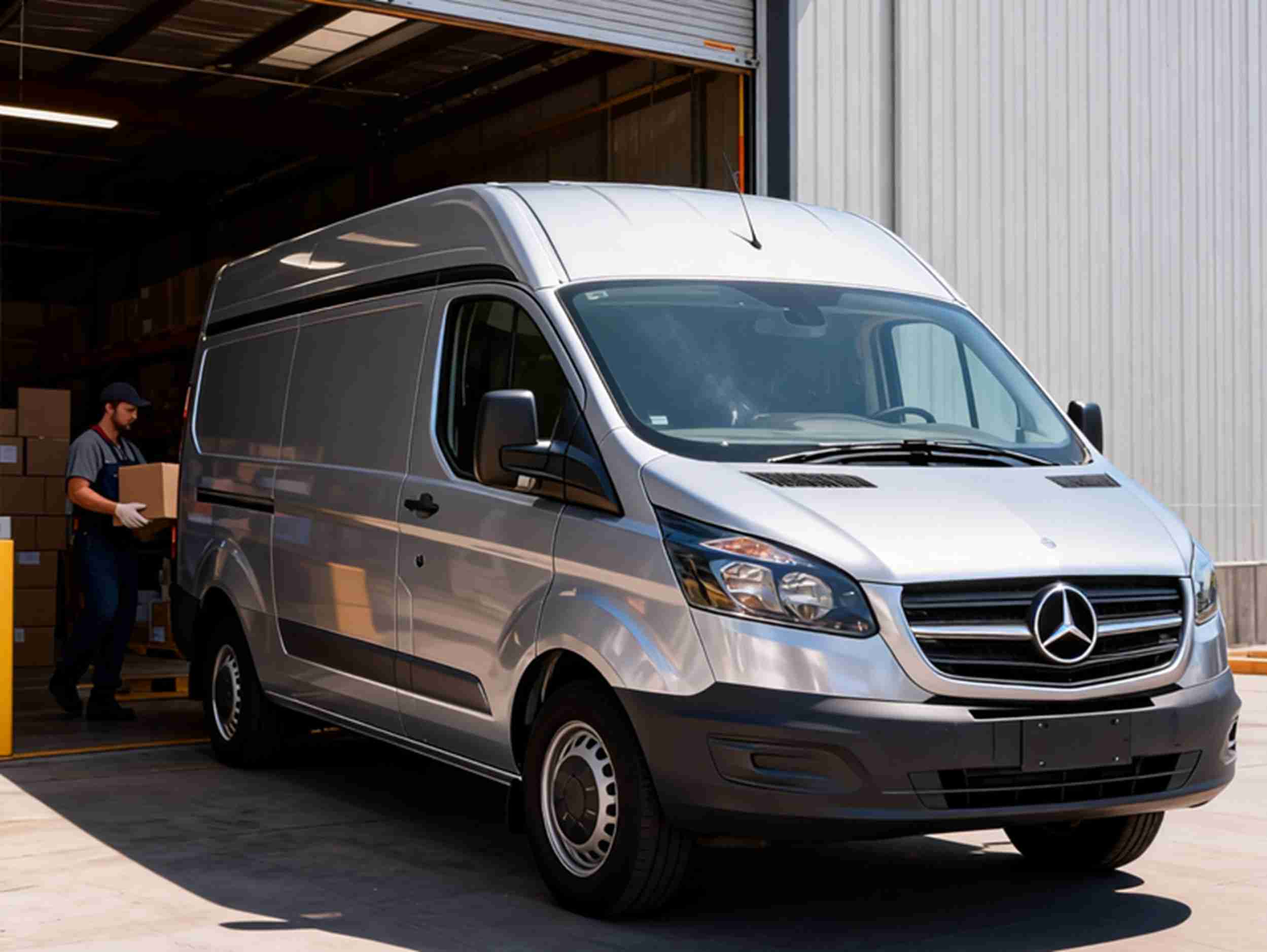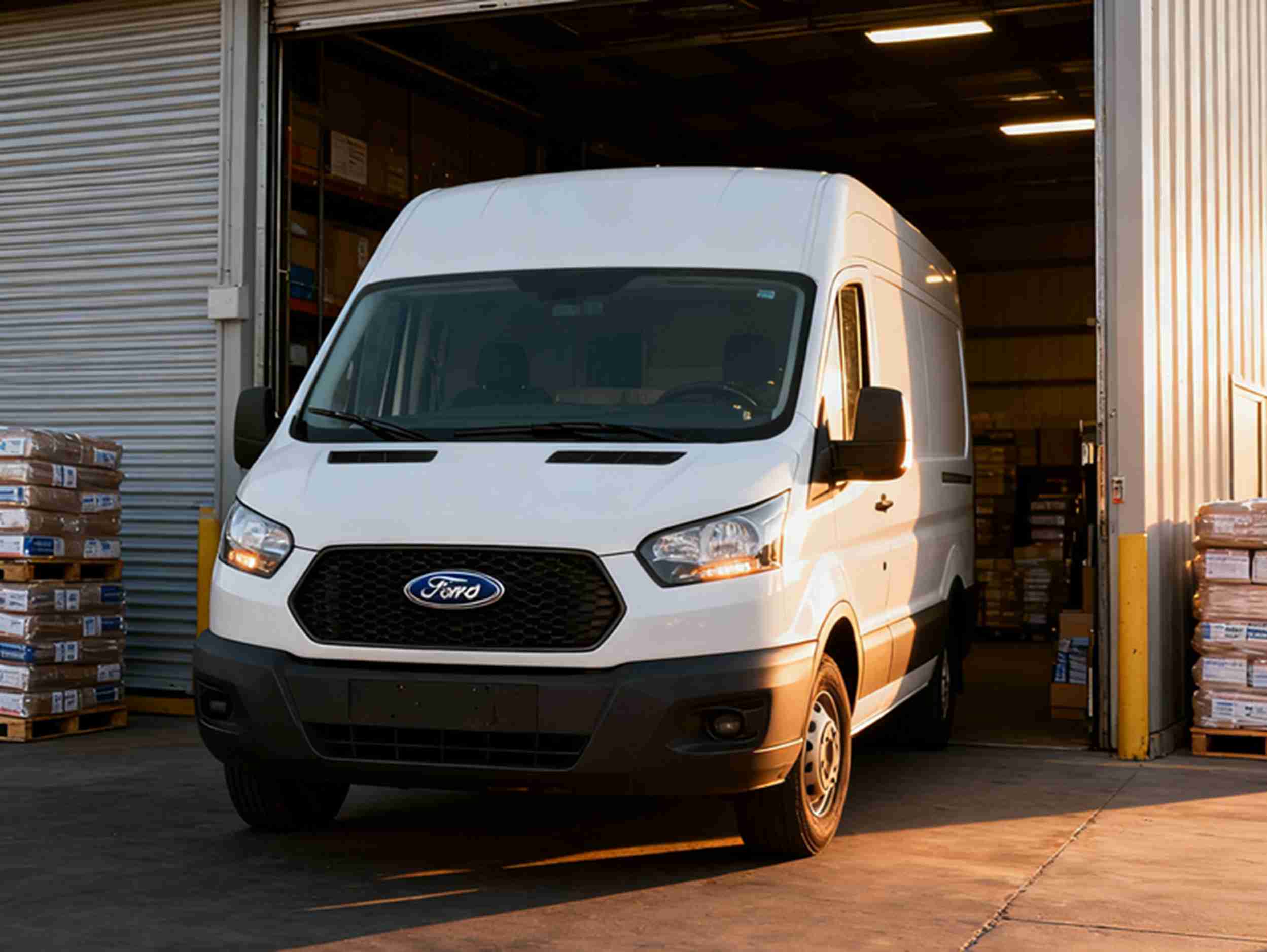

A big cargo van has become an essential asset for businesses that depend on high-capacity transport, secure storage, and efficient long-distance mobility. Its generous interior volume and reinforced design make it a smart choice for industries that require flexible logistics without stepping up to larger commercial trucks. From delivery fleets to mobile service providers, these vans bridge the gap between compact utility vehicles and full-scale trucks, offering a practical blend of size, performance, and everyday usability.
What distinguishes a big cargo van from smaller fleet vehicles is not simply its size, but how that space is engineered. The elongated cargo area allows for organized shelving, palletized goods, refrigeration systems, or custom-built workstations. Meanwhile, sliding side doors and wide rear access simplify loading in urban areas where maneuvering room may be limited. Businesses that handle bulky equipment or large-volume shipments benefit from the added cubic capacity without the licensing, fuel demands, or handling challenges of bigger trucks.

The wide utility of a big cargo van allows it to serve virtually any business that moves goods, tools, or portable equipment. Its versatility makes it especially effective in:
Choosing a big cargo van provides several benefits that enhance operational continuity. The extended cargo area increases productivity by reducing the number of trips needed for deliveries or service calls. Fuel economy typically surpasses that of larger trucks, enabling companies to reduce operating costs without compromising space. Many models also feature advanced driver-assist technologies that improve safety, an important consideration for long-distance drivers or fleet managers overseeing multiple vehicles.
Another advantage is the adaptability of the vehicle. Whether businesses need a temperature-controlled environment, specialized shelving, or reinforced tie-downs for fragile cargo, the interior can be configured accordingly. This flexibility ensures that the van can evolve as service needs change, making it an investment that remains relevant across different projects or business stages.

Below is a sample technical overview that reflects common characteristics of a big cargo van configuration:
| Specification | Typical Value |
|---|---|
| Cargo Volume | 10–15 m³ |
| Payload Capacity | 1200–1600 kg |
| Wheelbase Options | 3000–4000 mm |
| Engine Output | 90–130 kW |
| Door Configuration | Rear swing doors + side sliding door |
| Fuel Type | Diesel or gasoline |
| Interior Height | 1500–1900 mm |
| Seating | Driver + 1–2 passengers |
For companies looking to scale operations, a big cargo van offers an ideal balance of power and practicality. It supports heavier loads than standard vans while maintaining the drivability and fuel efficiency of smaller commercial vehicles. Its adaptability—whether for deliveries, technical service, or specialized transport—makes it suitable for diverse business environments. By integrating one or more of these vans into a fleet, businesses can increase operational range and service capacity with minimal disruption.
If your business requires dependable, high-volume transport with room for customization, a big cargo van offers the versatility and space to support long-term growth. Whether you’re upgrading an existing fleet or exploring new logistics solutions, consult a professional dealer or fleet specialist to determine the right configuration for your operational needs.